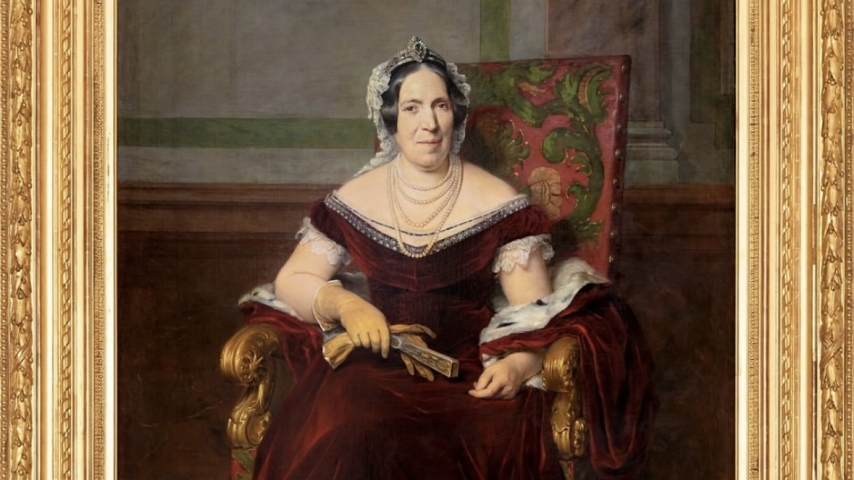
Behind the opulent façade of the Palais Princier lies a quieter, more powerful history—one written not solely by sovereigns, but by the women who stood beside them. As Palace Day 2025 approaches, the spotlight turns toward the princesses of Monaco whose vision, intellect, and cultural contributions have indelibly shaped the Principality.
Long before the advent of modern diplomacy, it was through strategic alliances and remarkable women that Monaco’s sovereignty was reinforced, especially in the tumultuous years preceding the French Revolution. From the 19th century to the present day, these royal women have stood not merely as figures of protocol, but as active stewards of Monaco’s future.
Caroline Gibert de Lametz (1793–1879), wife of Prince Florestan I and mother of Prince Charles III, was among the earliest to leave such a legacy. Faced with the severe financial difficulties of her time, she conceived a bold plan to develop a new resort district, Monte-Carlo, centered around a grand casino. Her vision would go on to redefine Monaco’s identity and sustain its economy—turning a principality in crisis into a destination of global prestige.
A generation later, Princess Alice (1857–1925), the second wife of Prince Albert I, brought refinement and intellectual depth to the court. A patron of the arts and literature, she moved with ease through the literary salons of Paris, befriending major authors of her era. In Monaco, she fostered cultural life with fervor, and her influence is still visible today: her bust stands proudly in the Gallery of Princes and Princesses, a silent tribute to her lifelong dedication to letters and the arts.
After World War I, the Principality again found itself shaped by a woman of courage and conviction. Princess Charlotte (1898–1977), daughter of Prince Louis II, had served as a volunteer nurse during the war before marrying Count Pierre de Polignac in 1920. While the painting of their civil ceremony no longer features in the official palace tour, the coats of arms of the Polignac family remain visible above a door in the Throne Room—a subtle architectural reminder of her pivotal role in the dynastic lineage.
Yet it was Grace Kelly (1929–1982), the Hollywood actress-turned-princess, who would elevate Monaco’s image to international heights. Her marriage to Prince Rainier III on April 18 and 19, 1956 captivated millions of television viewers across Europe and beyond. But far from retreating into ceremonial life, Princess Grace used her platform to champion cultural initiatives and philanthropic causes, transforming global admiration into lasting benefit for her adopted nation.
Most recently, the legacy continues with Princess Charlène. On July 2, 2011, His Serene Highness Prince Albert II married Charlène Wittstock, a former Olympic swimmer from South Africa, in a ceremony held in the Honor Court of the palace. Today, Princess Charlène leads the Foundation that bears her name, advocating tirelessly for water safety, drowning prevention, and access to education through sport. Her efforts signal a modern, engaged model of royalty—one that aligns compassion with action.
Through these women, the story of Monaco unfolds not just as one of royal succession, but as a testament to purpose, foresight, and enduring female leadership. From Caroline’s visionary Monte-Carlo to Charlène’s global foundation, the women of the Palace have done more than witness history. They have written it.
Photo credits: Geoffroy Moufflet l Archives du Palais princier de Monaco. Caroline Gibert de Lametz.

